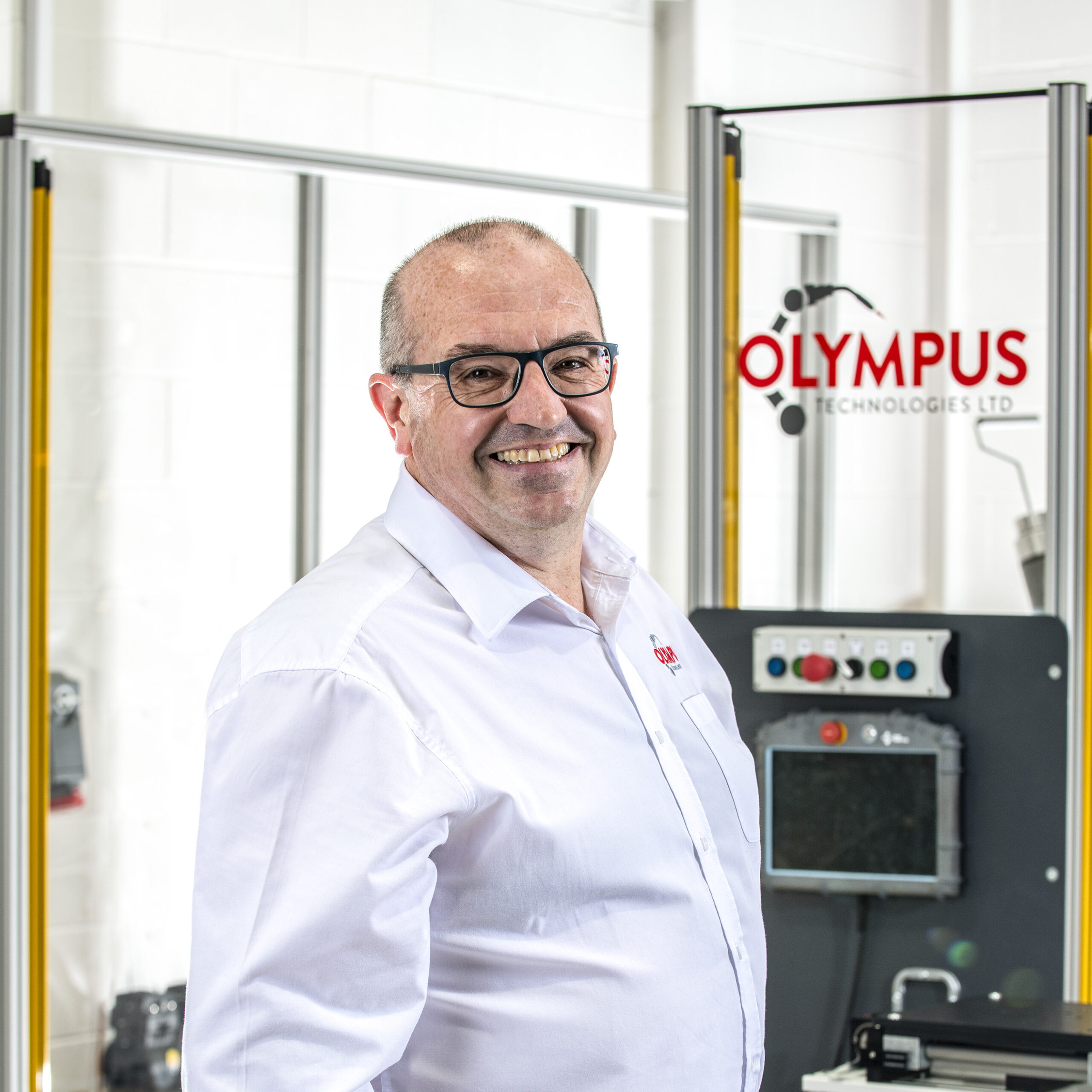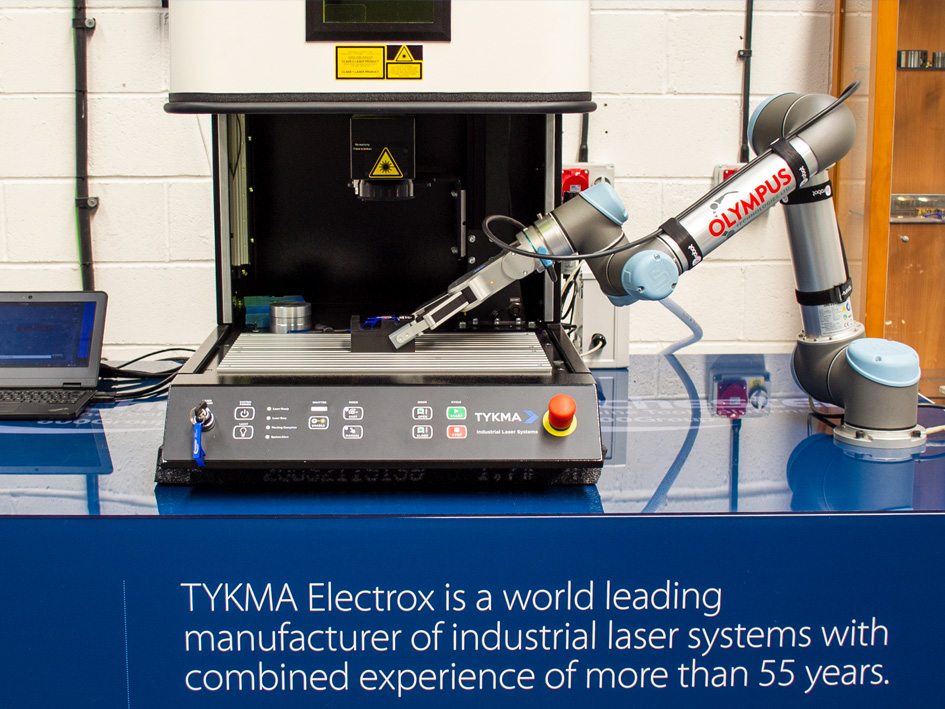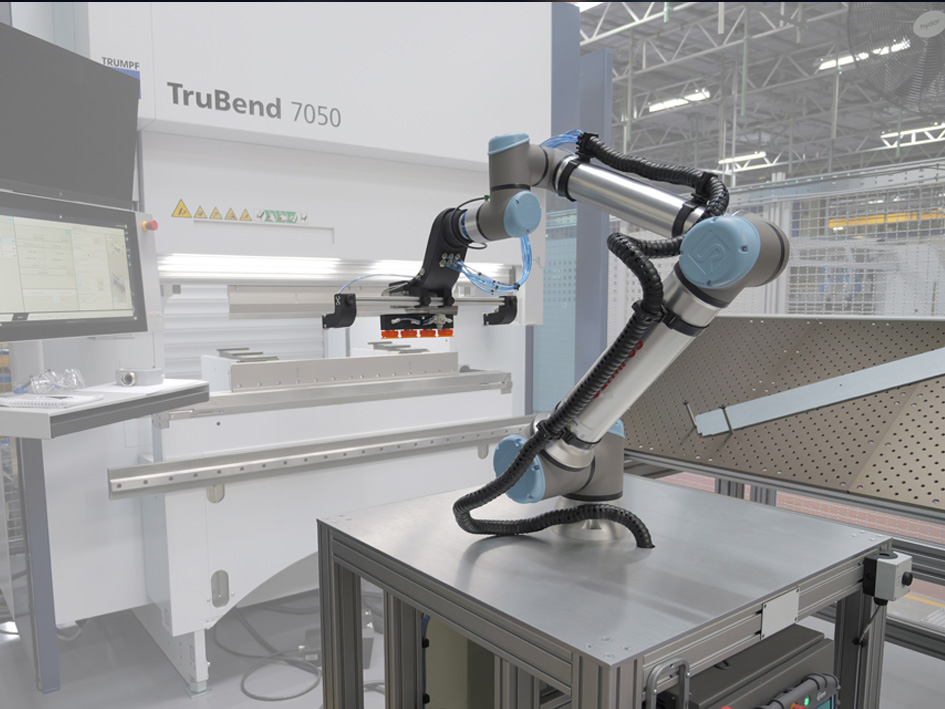Factories don’t run the way they used to, and that’s not necessarily a bad thing.
For many businesses, especially those juggling speed, quality, and tight margins, manual labour just doesn’t cut it anymore. That’s where case packing automation steps in.
This isn’t about replacing people with machines. It’s about creating a packaging process that’s faster, more consistent, and built to keep up when demand takes off.
If you're dealing with complex packaging lines or operating in the food industry, automation can help you deliver smarter, not just harder.
Case Packing: More Than Just Putting Things in Boxes
At its core, case packing is simple. You take products, enclose them in cartons or containers, and send them off for storage or distribution. But anyone who’s worked the end of line knows how quickly “simple” turns into delays, bottlenecks, and errors.
Manual packing depends on speed, precision, and stamina - and people get tired. Automated packaging solutions don’t. They load, align, seal, and stack with repeatable accuracy, no matter how long the shift runs.
For industries with fragile items, tight timelines, or shelf ready packaging requirements, consistent case packing makes all the difference between staying ahead or falling behind.
Why More Manufacturers Are Turning to Automation
There’s a reason automation keeps showing up in conversations about efficiency. When systems are set up properly, they don’t just reduce workload - they change how your operation performs.
Here’s what makes the switch worth considering:
- Speed that scales: Machines can keep pace during high demand without compromising on quality.
- Fewer damaged goods: Automated handling reduces rough movement and repetitive errors.
- Better use of people: Your team can step into roles that require judgment, not just tape and loading.
- Room to grow: Systems can be reconfigured or expanded as your production needs evolve.
Manual labor has its place, but when it starts holding back output, automation offers a smarter path forward.
| Factor | Manual Packing | Automated Packing |
|---|---|---|
| Speed | Slows under pressure | Consistent, even at volume |
| Accuracy | Depends on the worker | Repeatable and reliable |
| Labor Cost | High and ongoing | Lower over time |
| Flexibility | Limited by manpower | Scales with production |
| Risk of Injury | Repetitive strain | Reduced through automation |
Designing a Packaging Line That Actually Works
Throwing machines at a problem rarely works unless they’re part of a thoughtful system. Packaging automation only delivers real benefits when each piece of equipment complements the others.
Start by looking at your specific application:
- Are your containers rigid, flexible, or oddly shaped?
- Do you need to pack at speed, or is precision more important?
- What kind of floor space are you working with?
Case packers, conveyors, and case erectors should all speak the same language, operationally speaking. And if they don’t, you’ll end up with jams, delays, or a line that constantly needs babysitting.
Create flow between stations. Reduce unnecessary handling. Make space for operators to work and for maintenance teams to get in when needed. A little planning up front saves hours of rework later.
Choosing the Right Equipment for the Job
Not every machine fits every product. The ideal case packing solution depends on what you’re loading, how fragile it is, and what kind of finish you need.
Here’s a quick guide:
- Top-load packers are ideal for lighter or more delicate items.
- Side-load systems work well with uniform, rigid containers.
- Wraparound machines create snug, shelf ready packaging for retail display.
It’s not just about what works technically - it’s about what works reliably, in your space, and at your pace. The goal is to choose equipment that supports your team, not slows them down.
At Olympus Technologies, we tailor automation systems to your operation. That means designing packaging lines that fit your existing layout and your future plans, not someone else’s idea of efficiency.
What Comes After Packing? The Rest of the End of Line
Once your cases are packed, the job’s not over. A complete end of line solution should move your product toward distribution with as little human intervention as possible.
You might also need:
- Palletising systems that stack cases onto pallets in specific configurations
- Stretch wrappers that secure those loads for transport
- Vision systems that check quality and catch misalignments or errors
These systems make your packaging process feel less like a relay race and more like a continuous, well-paced flow. When done right, they support your operation from the moment you place products into cartons until they roll onto the delivery truck.
Rolling Out Automation Without Breaking the Line
Bringing automation into an existing line is a balancing act. It needs to fit with what you have now, while supporting where you want to go.
Here’s how to keep the rollout smooth:
- Plan with the future in mind: Don’t buy for just today’s numbers - think about what your line will need six months or a year from now.
- Allow room to breathe: Machines need staging areas, service access, and clear paths for loading or unloading.
- Train your team early: Automation doesn’t eliminate human input. It changes it. Operators need to know how to work with the machines, not around them.
Smart implementation is just as important as smart equipment.
Keep Your Systems Sharp With Maintenance and Monitoring
No system runs perfectly forever. Even the best machines need care, attention, and the occasional tune-up.
A good maintenance plan helps you:
- Catch small issues before they turn into big repairs
- Track how well each part of the line is performing
- Fine-tune systems to reduce waste and improve throughput
Data from your equipment can point out weak spots, suggest optimisations, or even help you schedule downtime more effectively. And if something does go wrong, having a trusted partner like Olympus Technologies for support makes all the difference.
Troubleshooting the Inevitable Glitches
Even with reliable systems, things can go sideways now and then. The trick is to be ready for it.
Here are a few of the usual suspects:
- Misfeeds or misaligned products
- Software errors or incorrect settings
- Conveyor jams or sensor faults
Having an in-house team that’s familiar with the machinery helps get things back on track quickly. And when problems go deeper, remote support from your automation partner keeps you from wasting time troubleshooting in the dark.
When It All Works Together
A well-automated packaging line doesn’t just save time - it changes how your team works. Suddenly, employees aren’t stuck loading cartons all shift. They’re managing systems, solving problems, and helping the operation run better.
Customers notice, too. Cases arrive on time, packed cleanly and consistently. Shelf ready packaging looks sharp. Distribution becomes smoother, and your reputation for quality grows with each delivery.
It’s not about chasing technology for its own sake. It’s about building a system that lets your business do what it does best, just faster and with fewer headaches.
Looking Ahead: Smarter Systems, Better Results
The future of packaging automation isn’t just about speed. It’s about intelligence. Think AI that spots issues before they happen, or connected machines that report performance trends in real time.
These tools are already reshaping how case packing and end of line production operate. At Olympus Technologies, we keep our eye on what’s next - so our customers stay a step ahead, not a step behind.
Whether you’re just starting with automation or expanding a full line, we’re here to help you build something that lasts.
FAQs
What’s the best case packing method for delicate products?
Top-load case packers are often best for fragile items, since they handle them gently during loading. They reduce the chance of damage while still keeping output efficient.
Do I need separate equipment for case erecting and packing?
Not necessarily. Some case packing systems come integrated with case erectors, which can save space and improve flow. It depends on your setup and how many containers you need to process per shift.
Can packaging automation really reduce waste?
Yes. Automated packaging systems apply tape, place products, and load cartons with much more precision than manual labor can. This leads to fewer mispacks and less material waste over time.
How do I know when it’s time to automate my packaging line?
If your current process is slowing down production, causing delays, or requiring too much hands-on correction, it’s worth considering automation. You don’t need to automate everything at once — even one machine can make a big difference.














